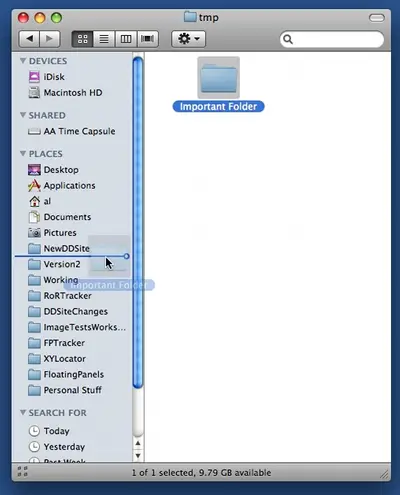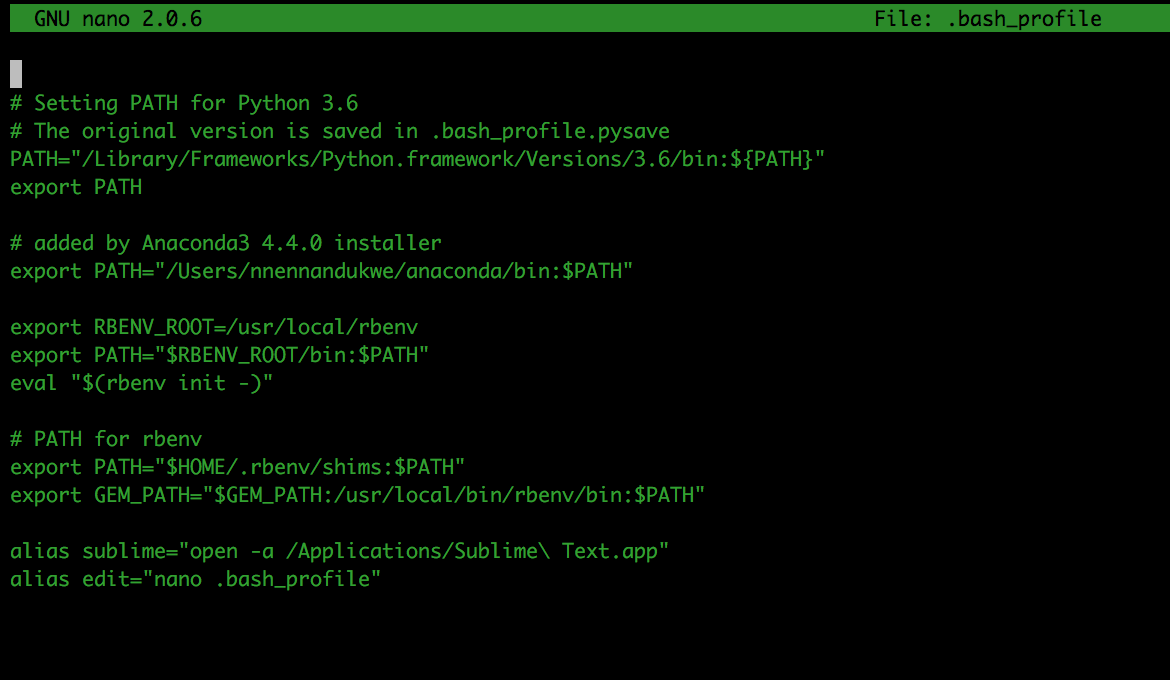
- #CREATE FILE ON MAC COMPUTER HOW TO#
- #CREATE FILE ON MAC COMPUTER MAC OS#
- #CREATE FILE ON MAC COMPUTER UPDATE#
- #CREATE FILE ON MAC COMPUTER SOFTWARE#
- #CREATE FILE ON MAC COMPUTER ZIP#
Furthermore, there are three view modes for convenient work and the ability to integrate remote drivers.
#CREATE FILE ON MAC COMPUTER SOFTWARE#
More than just a compression software for Mac, Commander One is also a great dual-pane file manager so that you can easily deal with your files and organize all your data with its help. Select iBoot at boot and insert your retail copy. Download iBoot from the official website, burn it to CD, insert it in your CD/DVD drive, and restart your computer.
#CREATE FILE ON MAC COMPUTER MAC OS#
This clever utility allows you to create a bootable installation DVD from your retail copy of Mac OS X.
#CREATE FILE ON MAC COMPUTER HOW TO#
It allows you to open the archive as a regular folder, and even copy files from an archive without extracting. While there are many ways how to install Mac on Windows, we recommend iBoot. This archiver comes with a plethora of functions and supports the most popular archive formats like ZIP, TBZ, TGZ, 7z. Well, let’s start a list of compression files Mac software with Commander One. Today, there are many tools that work with a wide range of formats, offer flexible settings and advanced functionality, including encryption, cloud services integration, built-in search functions, and more. To compress files Mac users can also rely on third-party apps. For advanced features, you should look for another solution. Compress File on Mac Using Third-Party AppsĪlthough Mac OS has a built-in archiver, its capabilities are very limited – it only works with three archive formats: Zip, CPIO and CPGZ. As for compressing multiple files or folders, newly created items will be saved in the archive named “Archive.zip”. If you’ve compressed a single file/folder, the archive will be named the same but with a “.zip” extension. Step 4: After the compression is complete, you’ll find new compressed files in the same directory as the original file. This may take a couple of minutes depending on the size of the files or folders. Step 3: The Mac will start compressing files you’ve selected. Step 2: Once you’ve selected the files, right-click on them to bring up the context menu. If you want to select more than one file, hold down the Command key and click on each file you need to select. Step 1: Go to Finder and find the file or folder you’d like to compress.
#CREATE FILE ON MAC COMPUTER ZIP#
This is a good option when you need to quickly zip or unzip files Mac.
#CREATE FILE ON MAC COMPUTER UPDATE#
Have you been using the same password to log into your MacBook for a while, and you want to change it? Find out how to update a password on a Mac and change the password that you use to sign into your user account. Note that clicking too quickly will be interpreted as a double-click, which will open the folder instead. We typically recommend you save the file to your Mac desktop for easy. You can rename a folder later by clicking the folder once to select it, then clicking it again to edit the folder name. The Mac OS has the ability to create a System Report which can assist in capturing. You can also create a new folder in the current active directory with the keyboard shortcut of Shift + Command + N. Step 3: Type a name for the folder into the blue-highlighted field, then press Enter on your keyboard when you’re done. You will need to navigate to an actual file directory to create a new folder inside of it. If you don’t see a New Folder option, then you may be inside a listing of files, such as “Recents,” rather than an actual file directory. Alternatively you can click the File tab at the top of the screen and select the New Folder option there.


Step 2: Hold down the control key on your keyboard, click in empty space inside the folder, then choose the New folder option. This will display the relevant results in Finder so that you can find the suitable files and folders that you were looking for. Step 1: Navigate to the location on your computer where you want to create the new folder. If you want, you can click on the 'Show All in Finder' option as well to view all the searched results together. We are going to create the folder on the desktop for the sake of simplicity, but you can open Finder and navigate to a location where you would like to create a new folder instead.

Once you complete the steps in this guide you will have created a new folder, with a folder name of your choosing, in an existing location on your Mac. The steps in this article were performed on a MacBook Air in MacOS High Sierra. Our tutorial below will show you a couple of different ways to create new folders on your MacBook. One way to alleviate some of this confusion is by creating new folders and organizing your files into those folders. This is especially true of folders that get a lot of use, such as your Documents or Downloads folder. Folders on your computer can be difficult to navigate when they contain a lot of files.


 0 kommentar(er)
0 kommentar(er)
